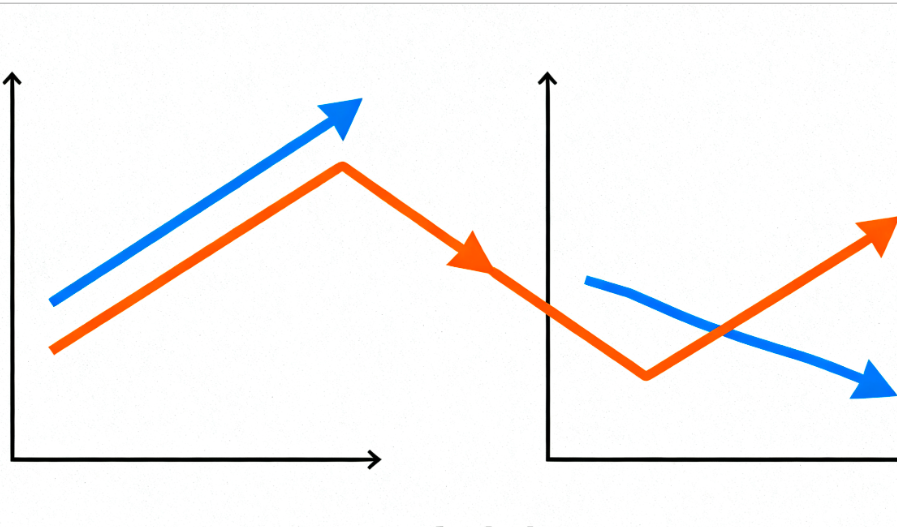
Wall Street Junior Bankers Tremble as OpenAI's Secret Project Ventures into Investment Banking
According to industry sources, OpenAI is conducting a secret project called "Mercury" to help its AI models learn to build financial models, replacing junior bankers in completing labor-intensive tasks.
It is reported that this project has attracted over 100 former investment bankers, including former employees from JPMorgan Chase, Morgan Stanley, and Goldman Sachs.
Industry insiders revealed that former investment bankers participating in the Mercury project are paid $150 per hour. They are responsible for writing prompts and building financial models for a range of transaction types, including restructuring and IPOs. OpenAI also allows these contractors early access to its AI under development.
An OpenAI representative stated that the company is collaborating with a range of experts to improve and evaluate its model's capabilities across different fields. The recruitment, management, and compensation of these experts are handled by third-party suppliers.
Junior analysts at investment banks typically work over 80 hours per week, primarily handling real-time transactions and using Excel to build detailed models for projects such as mergers and acquisitions and leveraged buyouts. Additionally, they are required to make revisions to PowerPoint presentations as demanded, making their workload exceptionally heavy.
Many AI startups are currently developing AI to address this demand. However, some analysts have raised concerns that integrating AI into these tasks could pose security risks.
OpenAI's entry into the "junior banker model competition" may indicate a sense of crisis within the company due to its prolonged lack of profitability. Although OpenAI reached a valuation of $500 billion earlier this month, the world's largest startup remains unprofitable, fueling ongoing market skepticism about a massive bubble in the AI industry.
According to informed sources, the work for OpenAI's Mercury project is currently highly flexible, with participants expected to submit just one financial model per week. The program has attracted numerous former Wall Street elites, as well as MBA candidates from Harvard University and MIT.
















